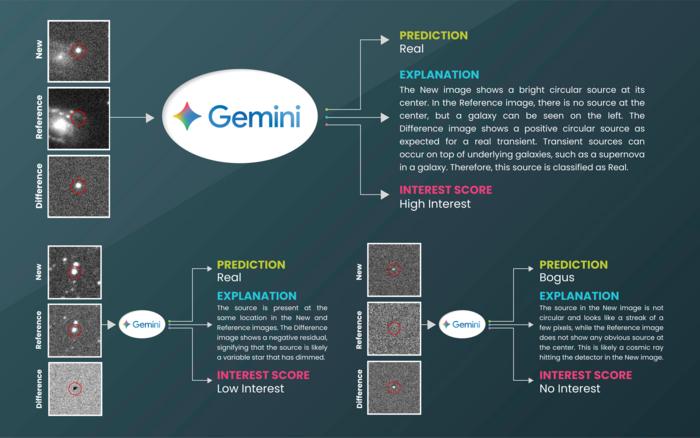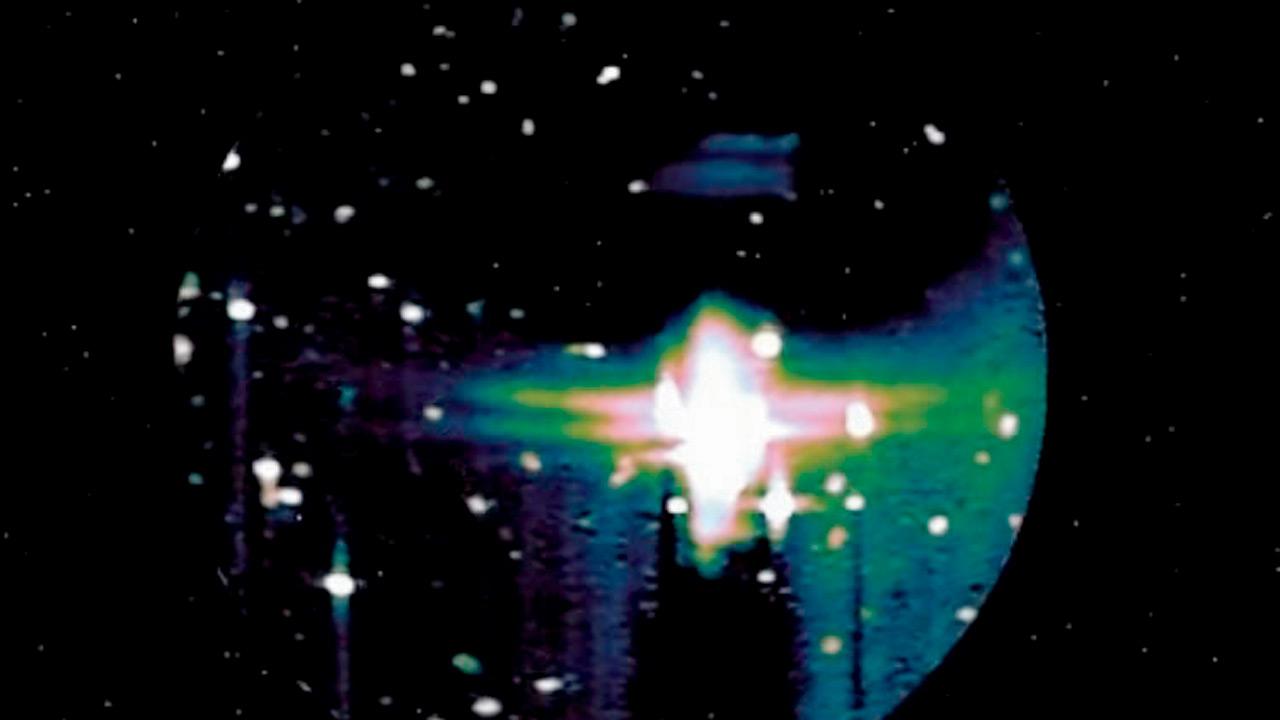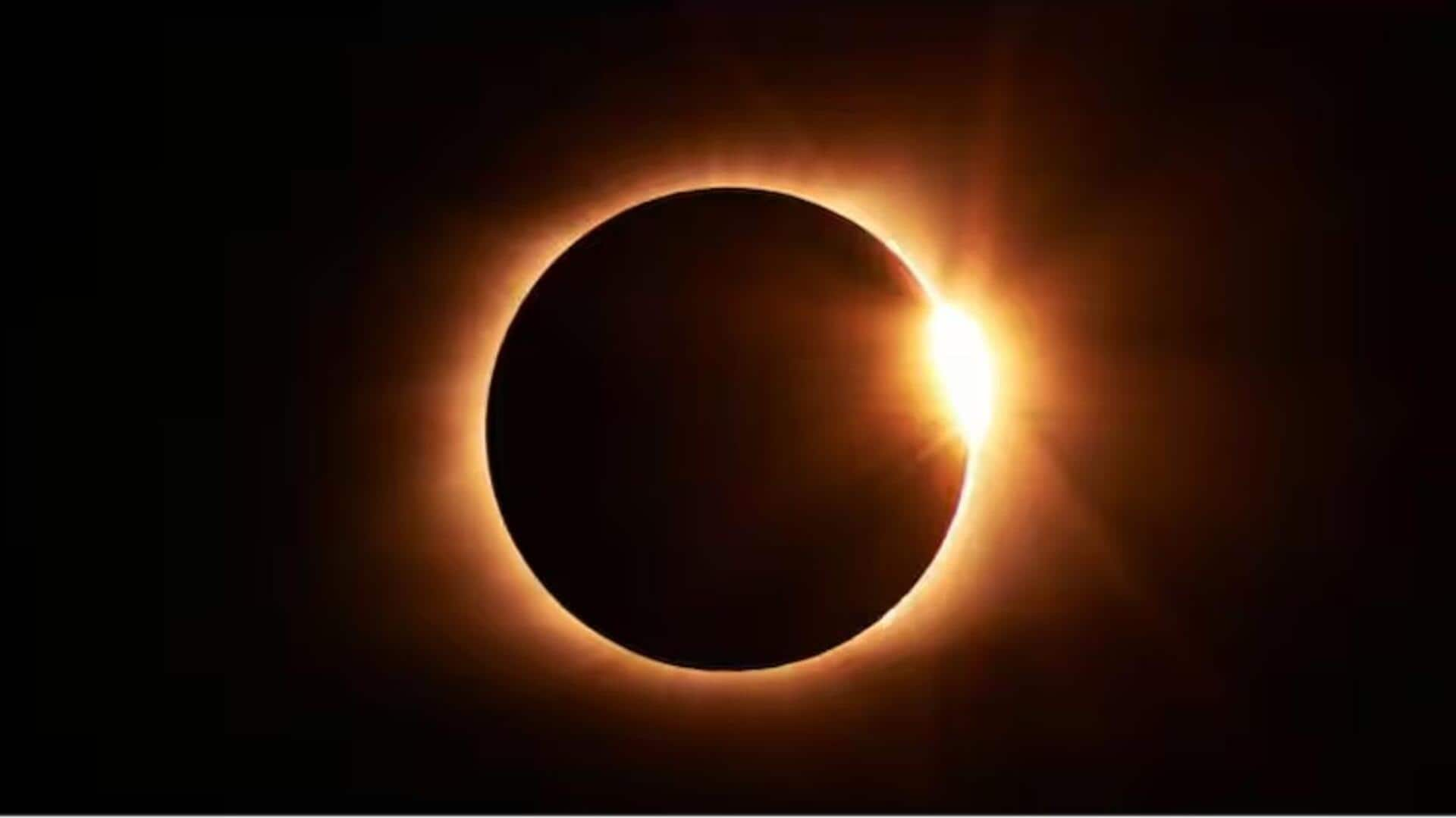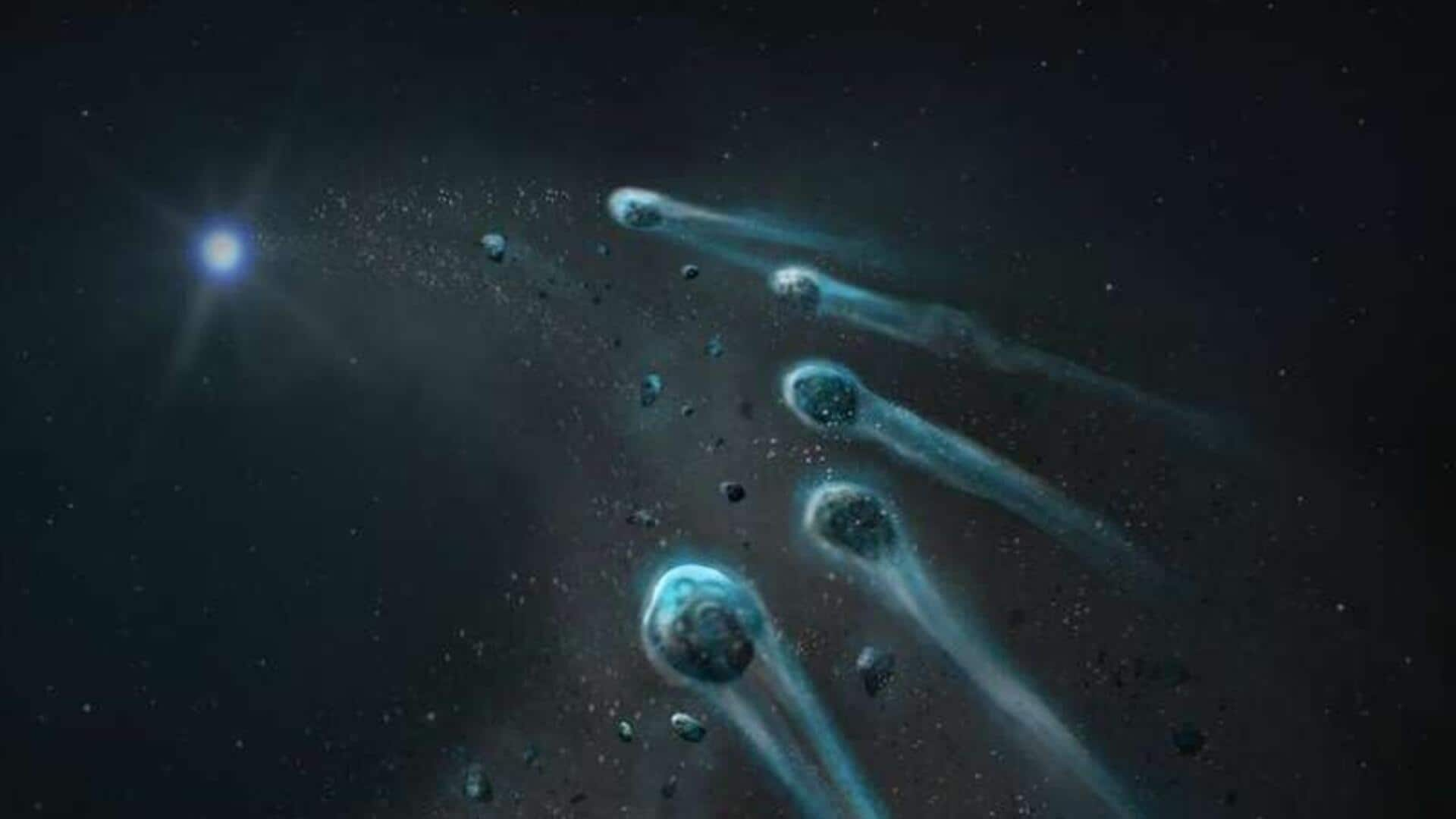How can artificial intelligence (AI) help astronomers identify celestial objects in the night sky? This is what a recent study published in Nature Astronomy hopes to address as an international team of researchers investigated the potential for using AI to conduct astrophysical surveys of celestial events, including black holes consuming stars or even exploding stars themselves. This study has the potential to help astronomers use AI to enhance the field by reducing time and resources that have traditionally been used to scan the night sky.
Category: astronomy
Two Black Holes Observed Circling Each Other for the First Time
For the first time, astronomers have managed to capture a radio image showing two black holes orbiting each other. The observation confirmed the existence of black hole pairs. In the past, astronomers have only managed to image individual black holes.
How and when to watch the Orionid meteor shower
Sky-gazers worldwide will see a brilliant celestial display this week as the Orionid meteor shower peppers the sky in bright trails of light.
NASA silent as Juno mission around Jupiter may have ended
NASAs Juno probe, launched in 2011 to study Jupiter and its moons, may already be inactive. While the mission has been extended multiple times since orbiting Jupiter in 2016, the agency has not officially confirmed whether the spacecraft is still operational.
Astronomers discover a unique icy planetesimal: What’s so special?
Astronomers from the University of Warwick have discovered a frozen and water-rich planetary fragment being consumed by a white dwarf star.
We finally have idea about origin of rare earth elements
The collision and merger of two neutron stars, the very dense remnants of collapsed stars, are some of the most energetic events in the universe.
Saturn’s atmosphere has strange features unseen in the solar system
The James Webb Space Telescope (JWST) has unveiled strange and intricate features in Saturn’s atmosphere, never before seen on any planet in our solar system.
Saturn’s atmosphere has strange features unseen in the solar system
The James Webb Space Telescope (JWST) has unveiled strange and intricate features in Saturn’s atmosphere, never before seen on any planet in our solar system.
Saturn’s atmosphere has strange features unseen in the solar system
The James Webb Space Telescope (JWST) has unveiled strange and intricate features in Saturn’s atmosphere, never before seen on any planet in our solar system.








